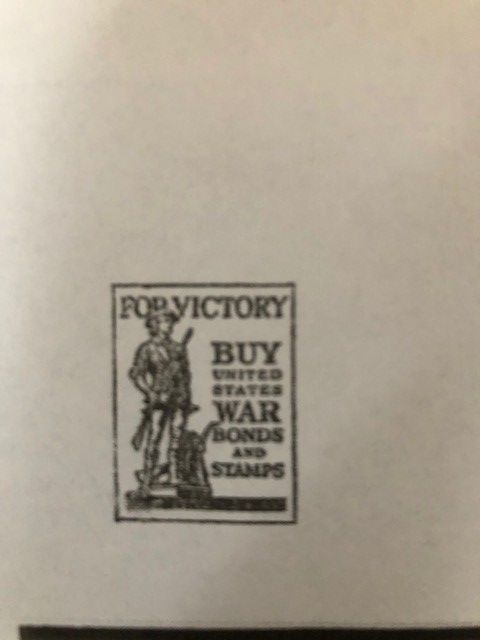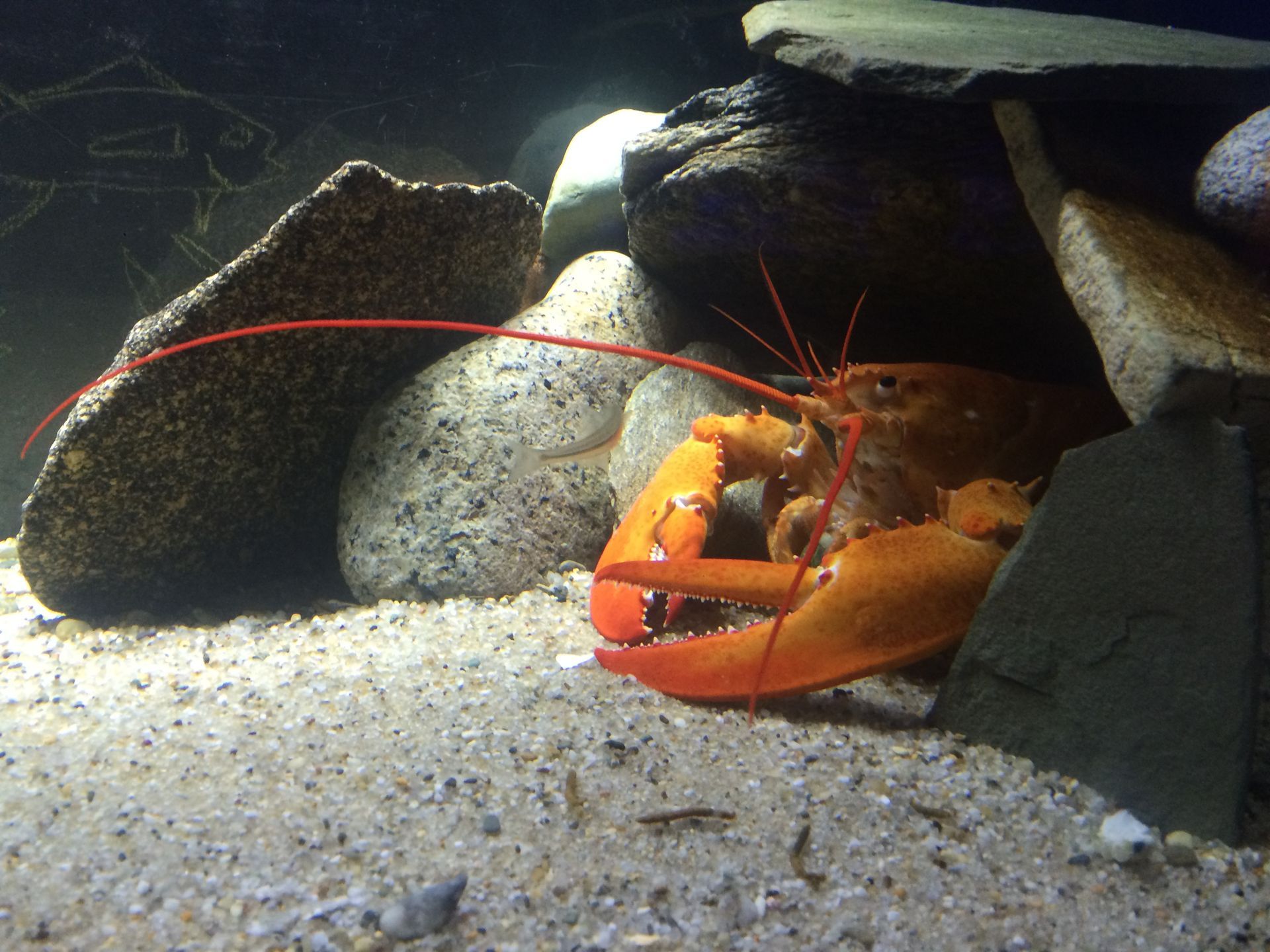Maria Mitchell Association Announces Beginner Astrophotography Course Led by Charity Grace Mofsen
NANTUCKET, MA— The Maria Mitchell Association (MMA) announces an important update to its astrophotography program, led by island photographer – and the MMA’s August Artist-in-Residence, Charity Grace Mofsen – and MMA Telescope Engineer and Astronomer, Gary Walker. The astrophotography course will be held on Thursdays beginning August 3 and continue through August 24, 2023. This astrophotography program is geared towards beginner or budding astrophotographers interested in learning more about photographing celestial objects. This paid course will also help to offset costs associated with a future course by local Nantucket High School students interested in photography and learning about dark skies. The course consists of four workshop-style classes with field work and live shooting time and costs $700. Classes will start with cell phones and DSLR's and progress to the RC24 inch telescope at Loines Observatory. Each class will build on the previous and fun-work will be assigned.
The first session will focus on an introduction to astrophotography. This will include a presentation of night shots taken around the island, as well as a demonstration of the equipment used to take such photos. The second session will be a trial run for the amateur photographers who will be able to practice camera setup, including manual settings, and practice shooting. The third session will consist of a continuation of practice shooting, while also focusing on capturing printable photos. The fourth and final session will be for post-processing. In this session, one will review images captured during the previous session and receive feedback. Also, an introduction to basic editing of the photos taken will be discussed.
Astrophotography is the use of photography in astronomy – the photographing of celestial objects and phenomena. In addition to capturing details of extended objects like the Moon, it also has the power to image objects not visible to the human eye, such as dim stars, nebulae, and galaxies. The MMA’s beginner's astrophotography workshop intends to give participants the foundations needed to take dramatic pictures of the dark skies above.
Charity Grace Mofsen captures the island of Nantucket in all its glory–“In Light and At Night.” With a particular affinity for astrophotography, she believes there is always Light, if you have eyes to see it. From fine art landscapes to fun portrait sessions and creative product photography, she finds joy sharing her love of Nantucket
with the hope that others will also cherish the island’s natural beauty. Recently featured in Framebridge’s “Black Artist Spotlight,” N Magazine’s 2022 “Night Life,” and Nantucket Current’s “This Week in Photos,” her work speaks to [wo]man’s connection to the cosmos. Describing her style as meditative, Charity Grace highlights the beauty of the island’s contrasts – the solitude of the off-season and the joy of summer, the colors of the Light and the wisdom of the Night.
Gary Walker has over fifty years of experience as a consultant, professional engineer, amateur and professional astronomer. Gary is past CCD Chairperson, Secretary, and President of the American Association of Variable Star Observers (AAVSO). Gary retired as Director of Engineering of Navigation Products for Northrop-Grumman Corporation where he enjoyed a thirty year career. He was also deeply involved in the selection of the MMA’s RC- 24 inch and CDK17 Telescopes in 2007/2008. The first amateur to submit a CCD and sCMOS Observations to the AAVSO, Gary has over 111,000 variable star observations. He is also actively involved with teaching the MMA’s astronomy National Science Foundation Research Experience for Undergraduates summer interns with aspects of telescope operation and data reduction.
The Maria Mitchell Association is a private non-profit organization. Founded in 1902, the MMA works to preserve the legacy of Nantucket native astronomer, naturalist, librarian, and educator, Maria Mitchell. The Maria Mitchell Association operates two observatories, a natural science museum, an aquarium, a research center, and preserves the historic birthplace of Maria Mitchell. A wide variety of science and history-related programming is offered throughout the year for people of all ages.
###
For Immediate Release
June 23, 2023
Contact: Grace Baisley
marketinginterns@mariamitchell.org
Recent Posts




